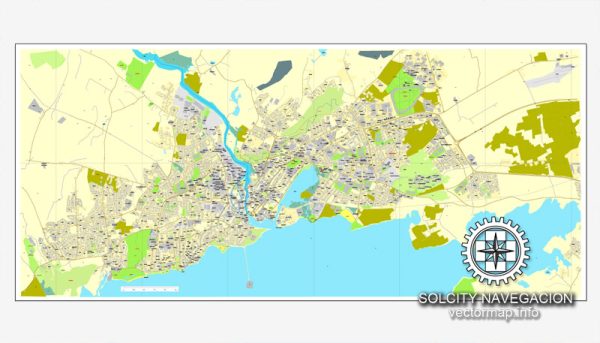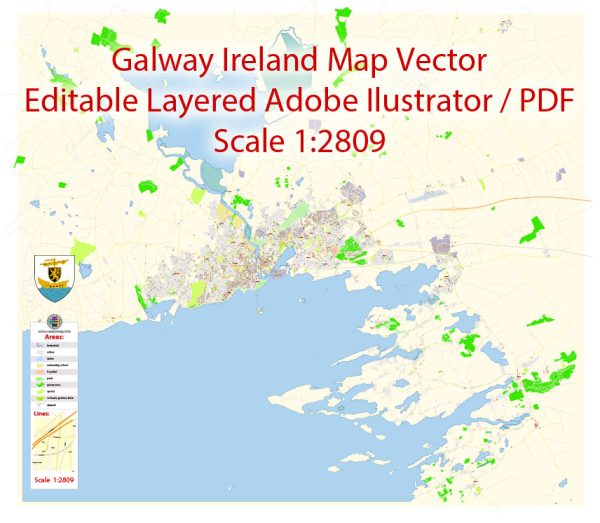Galway, located on the west coast of Ireland, has a rich history of urban development that spans many centuries. The city’s history is shaped by its strategic coastal location, trade activities, and cultural influences. Here is a brief overview of Galway’s history of urban development:
- Medieval Origins (13th Century):
- Galway’s history as a city begins in the early 13th century when the Anglo-Norman conquerors established a walled town.
- The city quickly became a hub for trade, particularly with Spain, and grew in prosperity due to its advantageous location on the River Corrib and Galway Bay.
- Walls and Defenses:
- Galway’s medieval walls, constructed in the 13th and 14th centuries, played a crucial role in the city’s defense against external threats.
- These walls enclosed the city and included several gates, such as the Spanish Arch, which is still a prominent landmark today.
- Trade and Commerce:
- Galway was a major trading center during the medieval period, and its merchants engaged in commerce with Europe and beyond.
- The Spanish Arch, originally built to protect the city’s quays, is a testament to the strong trade links between Galway and Spain.
- Cultural and Economic Growth:
- During the 16th and 17th centuries, despite political and economic challenges, Galway continued to thrive culturally and economically.
- The city’s architecture reflects this prosperity, with many notable buildings from this period, including Lynch’s Castle and St. Nicholas’ Collegiate Church.
- Decline and Revival (18th-19th Centuries):
- Galway faced economic decline in the 18th century, partly due to political events such as the Penal Laws. However, it experienced a revival in the 19th century.
- The Claddagh, a historic fishing village, became part of Galway during this time, contributing to the city’s expansion.
- Modern Development:
- In the 20th century, Galway underwent further development and modernization.
- The expansion of the University College Galway (now the National University of Ireland, Galway) in the mid-20th century contributed to the city’s growth as an educational and cultural center.
- Contemporary Galway:
- Today, Galway is a vibrant city known for its arts, festivals, and as a center for education and technology.
- Urban development has continued with a mix of modern architecture and preservation of historic sites, maintaining the city’s unique character.
Overall, Galway’s urban development reflects its dynamic history, blending medieval origins with the challenges and opportunities of subsequent centuries, resulting in a city that embraces both its heritage and modern identity.



 Author: Kirill Shrayber, Ph.D.
Author: Kirill Shrayber, Ph.D.